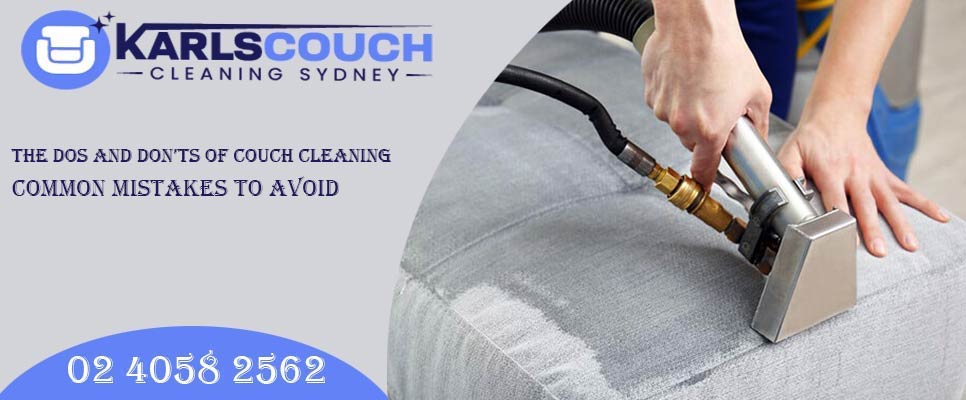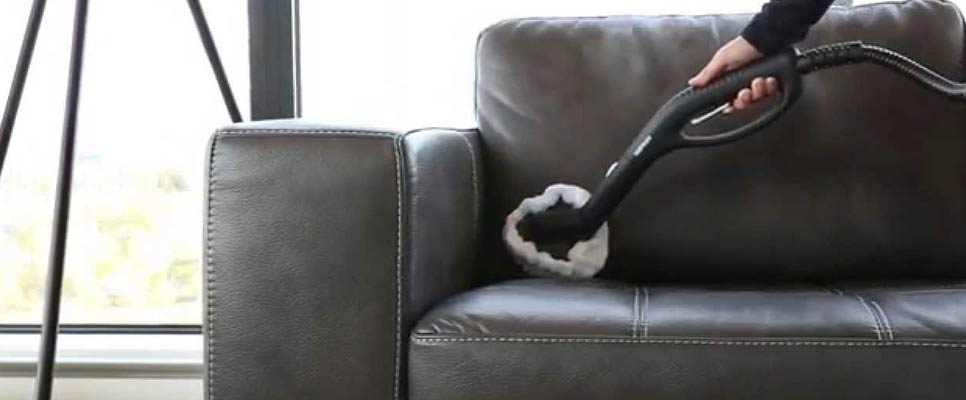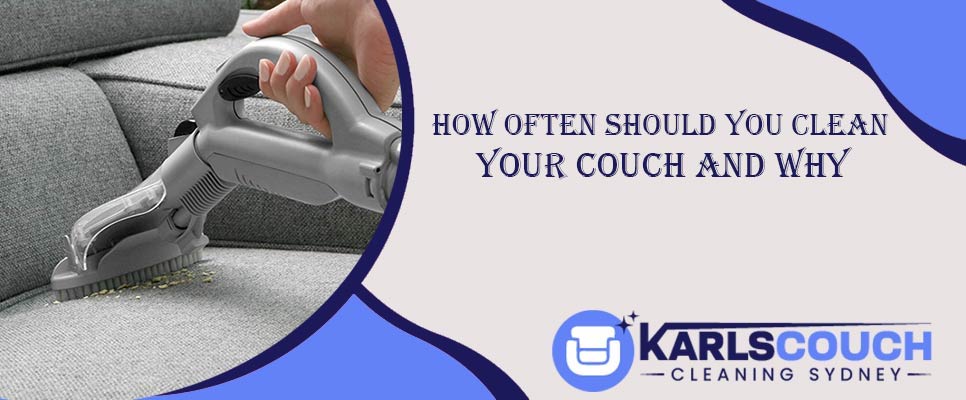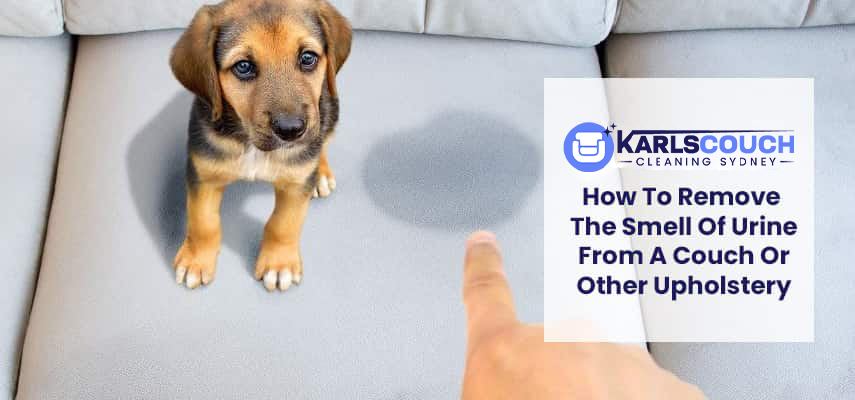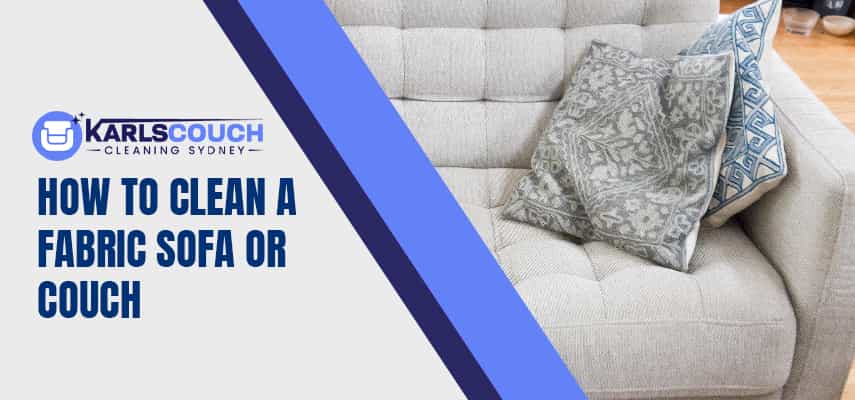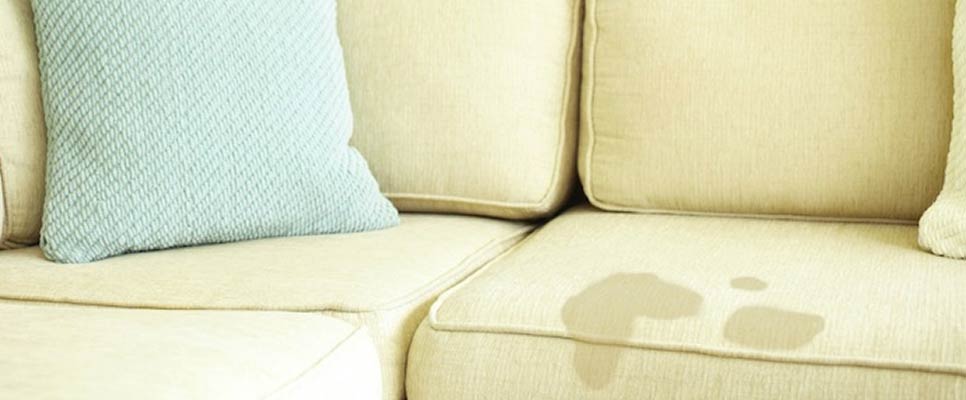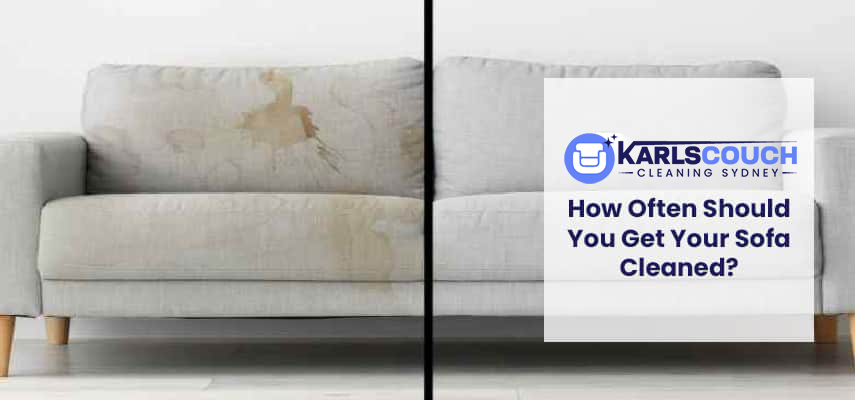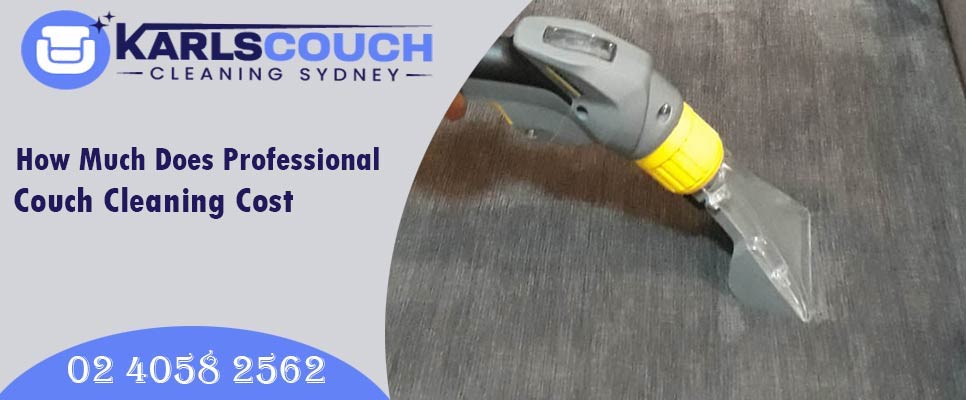A smelly couch can be more than just an annoyance—it can affect your home’s comfort and overall vibe. Whether it’s caused by pet accidents, spills, or everyday use, odours in your couch can linger and become increasingly unpleasant over time. The good news is that with the right approach, you can eliminate the stink and restore freshness to your furniture. Here’s a step-by-step guide to couch cleaning that will leave your sofa smelling as good as new.
1. Identify the Source of the Odour
Before diving into cleaning, it’s essential to identify the cause of the smell. Common culprits include:
- Food Spills: Crumbs and spills can decay and produce odours over time.
- Pets: Pet hair, dander, and accidents can leave behind lingering smells.
- Sweat and Body Oils: Over time, these can soak into the fabric, contributing to unpleasant odours.
- Mould and Mildew: Dampness in the fabric or cushions can lead to musty smells.
Knowing the source of the odour helps determine the best cleaning approach.
2. Start with a Thorough Vacuuming
Vacuuming is the first step to removing odours from your couch. It eliminates surface debris, pet hair, and dirt that can contribute to the smell.
Tips for Effective Vacuuming:
- Use a vacuum with an upholstery attachment for better access to crevices.
- Pay special attention to seams, under cushions, and corners where dirt accumulates.
- Vacuum both sides of removable cushions for a complete clean.
3. Sprinkle Baking Soda to Neutralise Odours
Baking soda is a natural deodoriser that effectively neutralises odours in fabric and cushions.
How to Use Baking Soda:
- Sprinkle a generous layer of baking soda over the entire couch.
- Let it sit for 15–30 minutes (or longer for stronger odours).
- Vacuum thoroughly to remove the baking soda and trapped odour particles.
Baking soda is safe for most fabrics, but it’s a good idea to test it on a small area first.
4. Spot Clean Stains Promptly
Stains are often the root cause of couch odours. Addressing them promptly prevents smells from setting in.
How to Spot Clean:
- Blot spills immediately with a clean, dry cloth—avoid rubbing.
- Mix a solution of mild dish soap and warm water.
- Dab the solution onto the stain using a cloth or sponge.
- Rinse with a damp cloth and blot dry.
For stubborn stains, consider using an upholstery cleaner or enzyme-based product to break down proteins and remove odours effectively.
5. Use Vinegar for Deep Odour Removal
White vinegar is a powerful natural cleaner that neutralises odours caused by bacteria and mould.
How to Use Vinegar:
- Mix equal parts white vinegar and water in a spray bottle.
- Lightly mist the affected areas of the couch.
- Allow it to air dry completely.
The vinegar smell will fade as it dries, leaving your couch smelling fresh.
6. Steam Clean for a Deep Refresh
If odours persist, steam cleaning is an excellent option for deep cleaning your couch. Steam penetrates the fabric, killing bacteria and lifting embedded dirt.
Steps for Steam Cleaning:
- Use a handheld steam cleaner or an attachment designed for upholstery.
- Test a small, inconspicuous area to ensure the fabric can handle the heat.
- Work in sections, holding the steam nozzle a few inches away from the fabric.
- Allow the couch to air dry completely before use.
7. Prevent Odours from Returning
Once your couch is fresh and clean, take steps to prevent future odours:
- Use Slipcovers: Slipcovers protect your couch from spills, stains, and pet accidents.
- Vacuum Regularly: Regular vacuuming prevents dirt and debris from settling into the fabric.
- Address Spills Immediately: Clean spills and stains as soon as they occur to prevent lingering odours.
- Improve Ventilation: Ensure proper airflow in your home to reduce humidity and prevent mould growth.
- Deodorise Monthly: Sprinkle baking soda on your couch once a month to keep it smelling fresh.
When to Call a Professional
If your couch has persistent odours that DIY methods can’t remove, it’s time to call in a professional. Professional couch cleaning services use advanced techniques and equipment to:
- Remove deep-set odours and stains.
- Eliminate allergens, bacteria, and mould.
- Restore your couch’s appearance and freshness.
Scheduling professional cleaning every 12–18 months ensures your furniture remains clean, hygienic, and odour-free.
Contact Us for Professional Services
At Karls Couch Cleaning Sydney, we specialise in professional leather cleaning and conditioning for furniture in Sydney to remove odours, stains, and allergens from your furniture. Our eco-friendly solutions and advanced equipment provide a deep clean that leaves your couch looking and smelling fresh.
Contact us today to schedule your cleaning and enjoy a cleaner, more comfortable home!
Conclusion
A smelly couch doesn’t have to ruin the comfort of your home. With simple steps like vacuuming, using baking soda, and spot cleaning, you can effectively tackle odours. For stubborn smells or deep cleaning needs, professional couch cleaning ensures your furniture stays fresh, hygienic, and inviting. Keep your couch in top condition, and enjoy a clean, comfortable space for years to come.
FAQs About Smelly Couches
Vacuuming removes surface dirt but doesn’t address odours caused by embedded dirt, stains, or bacteria. Deep cleaning is necessary for persistent smells.
Vacuum your couch weekly and schedule professional cleaning every 12–18 months for optimal freshness.
Air fresheners may temporarily mask odours, but they won’t remove the source. Proper cleaning is essential for lasting freshness.
Steam cleaning is safe for most upholstery, but always check the manufacturer’s care instructions and test a small area first.

